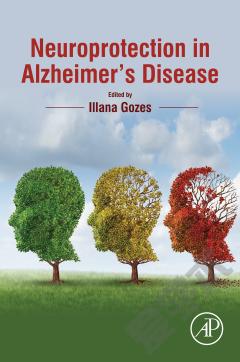Vision in Alzheimer's Disease
Visual dysfunction is prevalent in Alzheimer’s disease and in related disorders such as posterior cortical atrophy and Down syndrome. The neuropathology of these disorders affects brain areas that process low-level vision as well as higher-order cognition and attention. This volume spans the range of topics on vision, from structure (retinal and cortical) to function (cortical activation) to behavior (perception, cognition, attention, hallucinations, and everyday activities). The chapters together indicate that lower-level visual deficits can contribute to, or masquerade as, higher-order cognitive impairments. As important, they suggest that vision-based interventions may improve patients’ lives. An emerging theme is that the study of variations in visual-system pathology, behavior, and genetic risk will likely provide insights into typical Alzheimer’s disease as well as related conditions. The visual disorders of Alzheimer’s original case and its cousins of the 21st century have much to teach us about the changing visual system in aging and age-related neurodegenerative disease. This book is essential reading for neurologists, neuropsychologists, ophthalmologists and optometrists, geriatricians and gerontologists, psychiatrists, occupational therapists and other health professionals who provide diagnosis and clinical care to individuals with Alzheimer’s disease and related disorders.
{{comment.content}}








 京公网安备 11010802027623号
京公网安备 11010802027623号